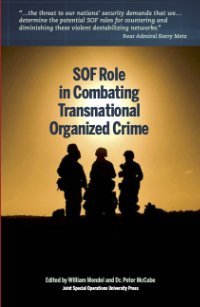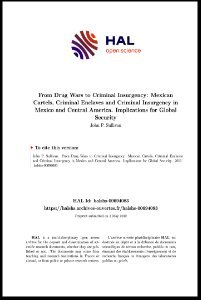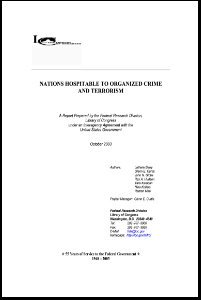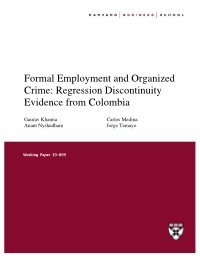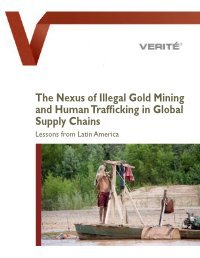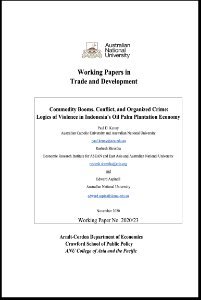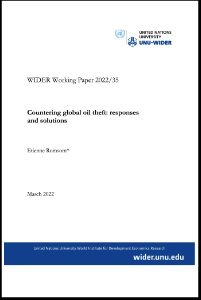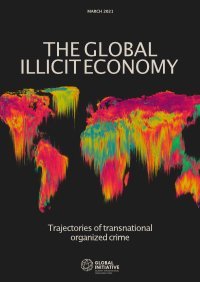By Walter Kemp
While the Western Balkans is often portrayed as a hotspot of illicit activity, the region is a relatively small market for organized crime. The big money is made elsewhere. This report shows why and how groups from the Western Balkans have become engaged in organized crime abroad, particularly in South Africa, Turkey, Australia as well as in some countries of Latin America and Western Europe. The report shows that criminal groups from the Western Balkans operating abroad are modern, dynamic and entrepreneurial. They have demonstrated an ability to adapt and innovate and use technology to their advantage: for example, using encrypted forms of communication; exploring new routes and means of trafficking, such as ‘narco-jets’; and laundering their money through cryptocurrencies, offshore havens and into their home countries. The report suggests that there is not a ‘Balkan Cartel’ per se, although groups from the region sometimes work with each other, and there are also instances of multi-ethnic groups. The report calls for more effective law enforcement cooperation, tracking and seizing of assets, and the sharing of information, not least since perpetrators tend to use multiple identities. It also stresses the need to reduce demand for the goods and services provided by criminal groups from the Western Balkans.
Geneva: Global Initiative Against Transnational Organized Crime, 2020. 100p.












